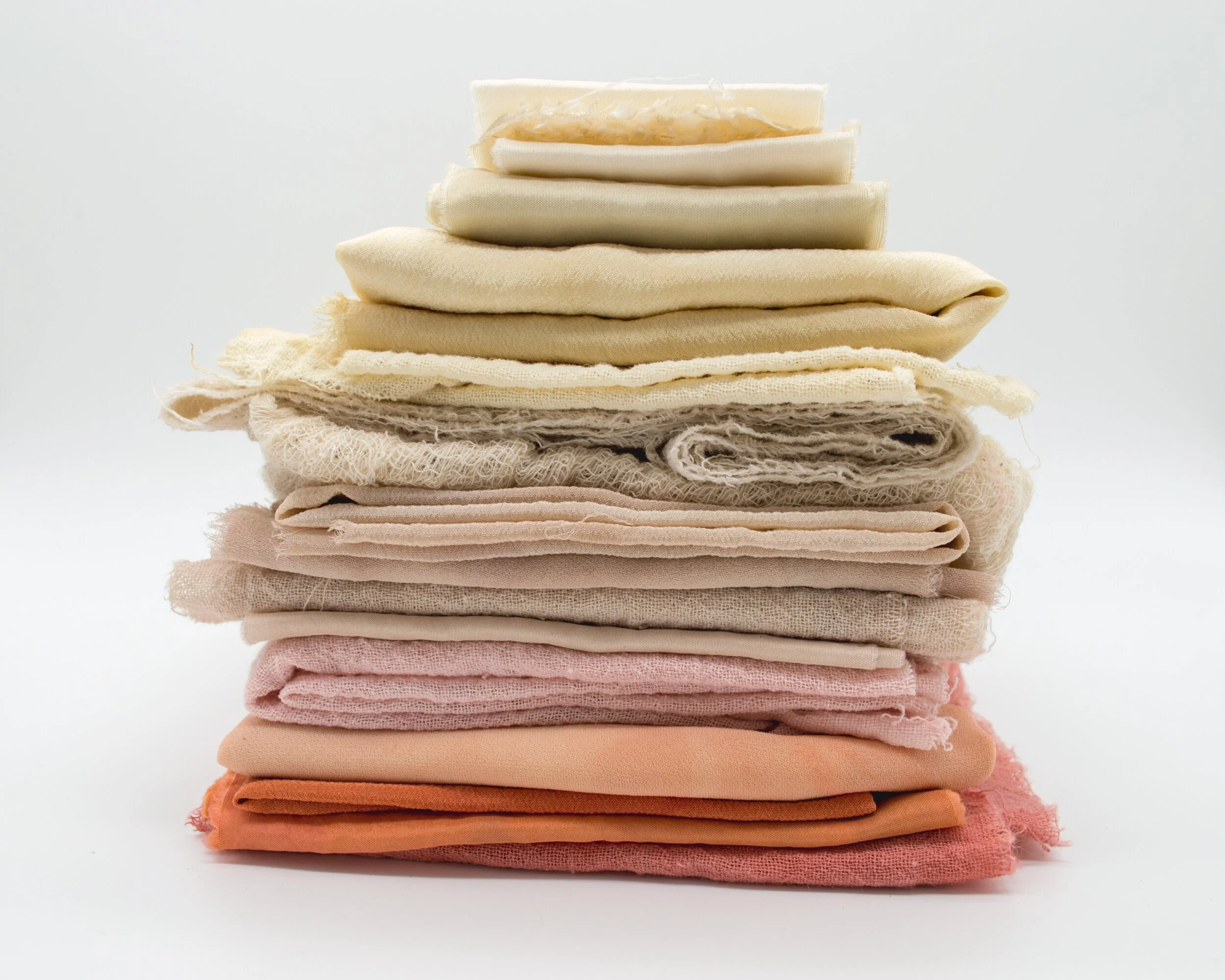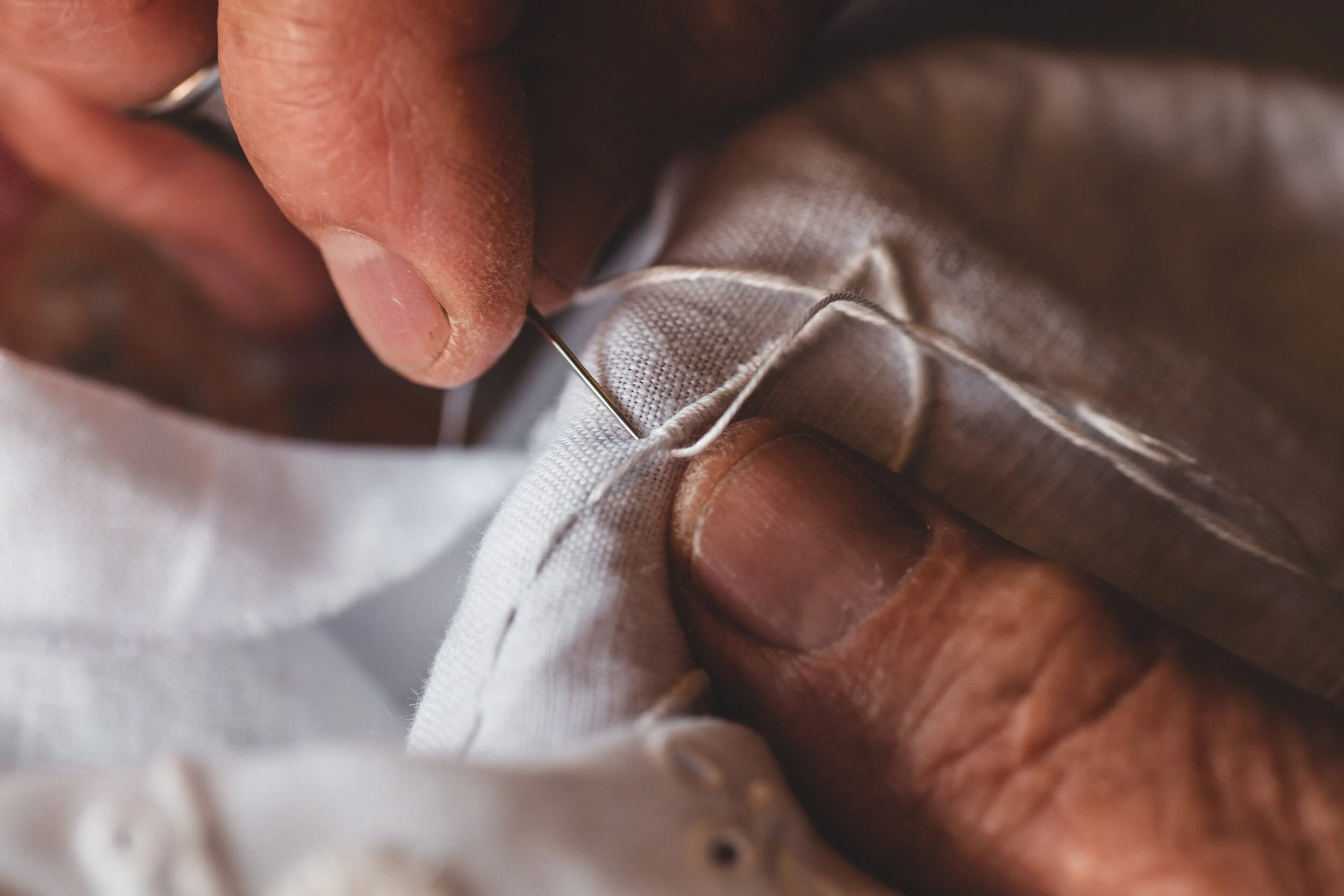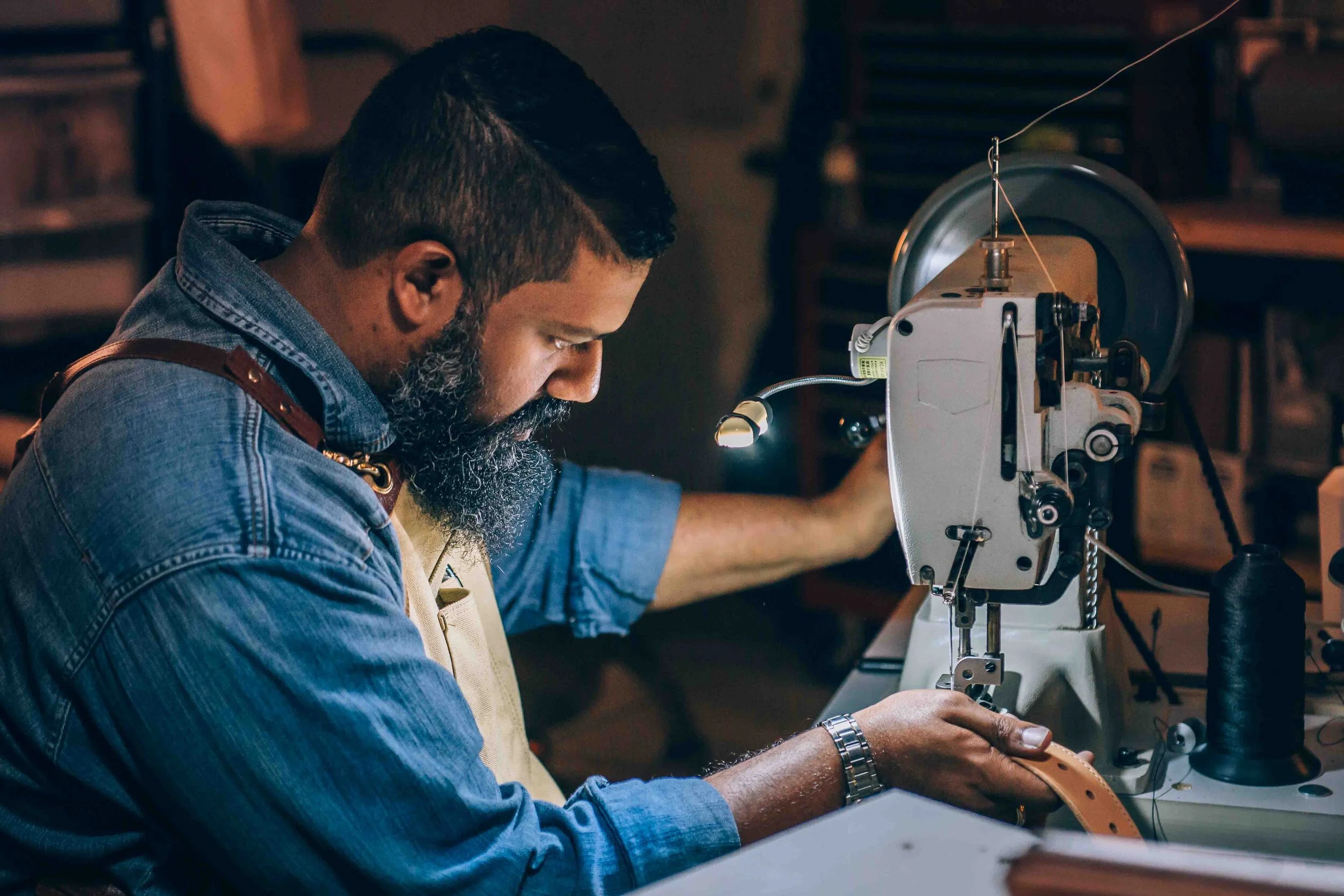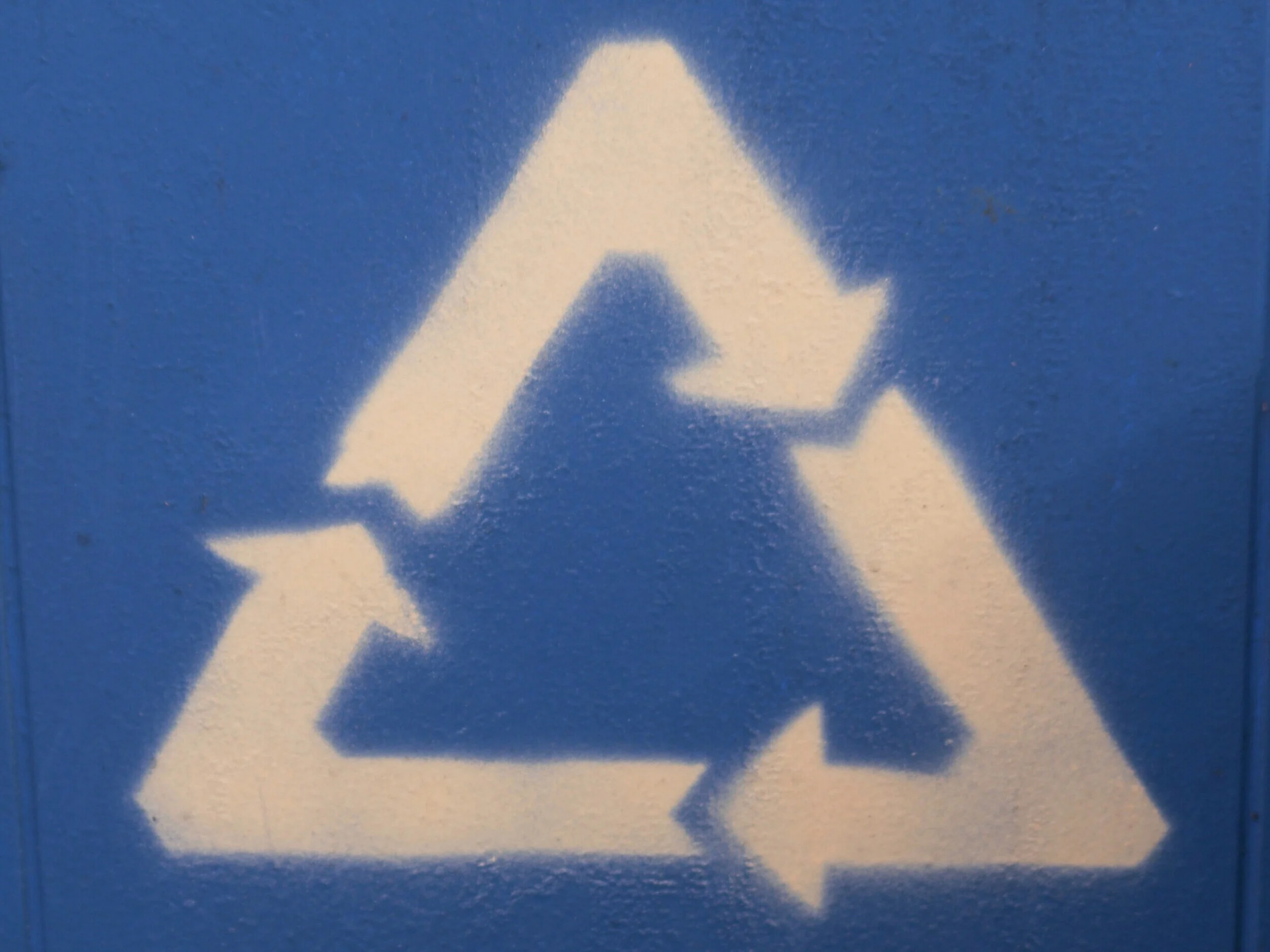
pillars of sustainability
I works across disciplines, providing the guidance and stewardship needed to help brands design better products. I offers a range of sustainability focused design + development services that…1) aid in stewarding brands to set individual goals, and putting practices in place to achieve those goals; and 2) aid in developing a brand’s unique sustainability story. Please scroll down to learn more about my Pillars of Sustainability.
materials
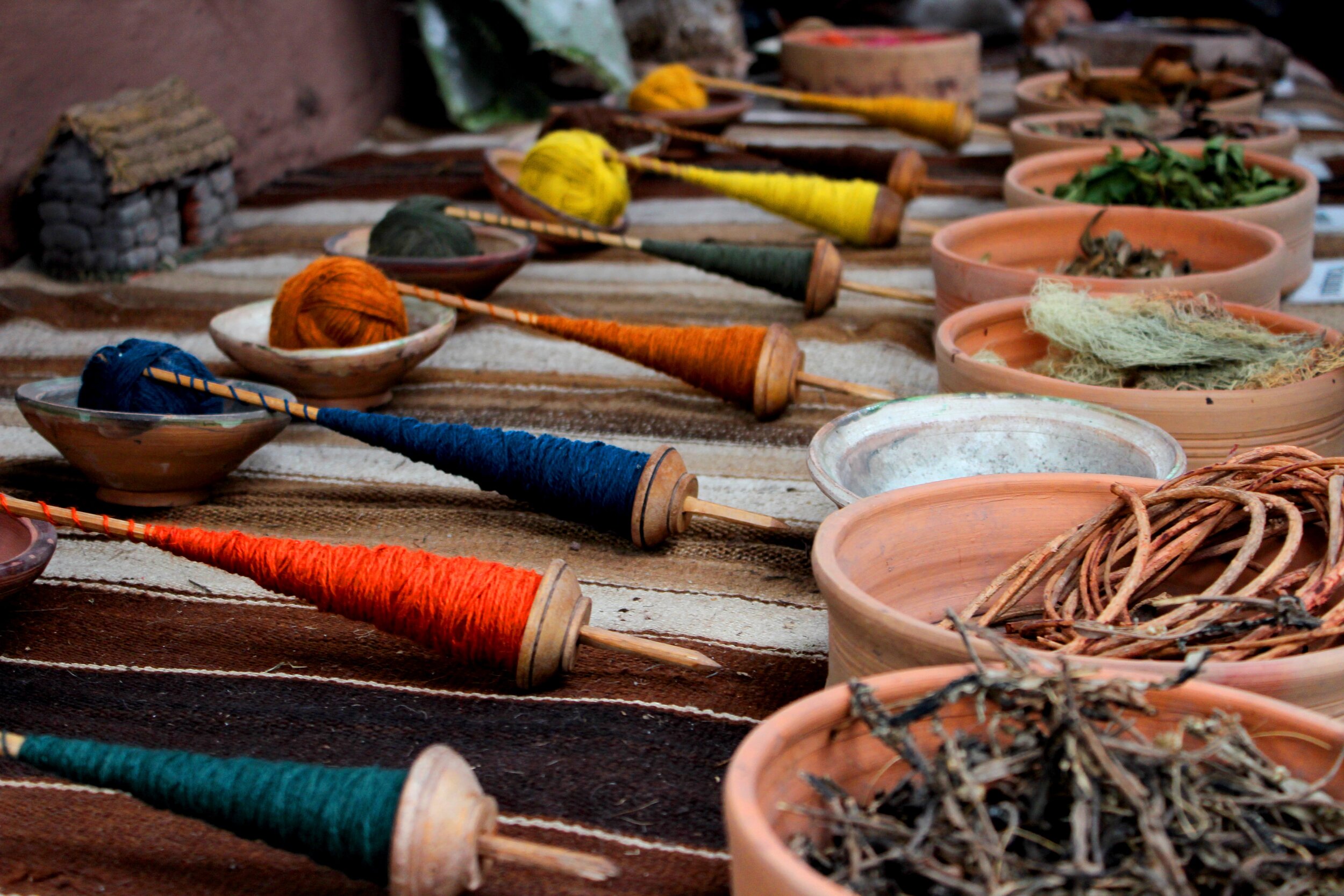
materials
I get it, materials are tricky, to put it lightly. It can be quite the task to decide if you should choose cotton or rayon, recycled or virgin, and what’s the difference between organic and conventional cotton anyway? Is vegan leather really better for the environment? What’s best for the environment, and what’s best for the product? Does it really matter where the material comes from, or how it’s made. These are all questions that I can help you find answers to.
Material selection is perhaps the most important part of developing premium quality products that last, are not harmful to human health, and will not pollute the environment. It can occur before, during or after the design phase. Regardless of when it occurs, what is integral is that the selected material/s are harmonious with the design. They must work together to achieve one cohesive design objective. Through research, sourcing outreach and testing, I works with existing and emerging brands to identify the best raw materials that meet their unique design aesthetic, along with performance and sustainability objectives.
durability + technical design

durability + technical design
Durability means ensuring that an object will have a long life. Creating products that last longer, is one way for a brand to reduce it’s ecological footprint, while also building consumer trust. This is achieved through superior technical design. It requires paying attention to the most minute detail. It means going above and beyond in both the design and technical phases to ensure that everything is considered.
Thoughtful design (not throwaway) requires a strong technical foundation. Breaking down an object (like for example a simple tote bag), and tweaking the basic form to develop a unique design aesthetic that delivers on performance and quality is key to creating thoughtful and lasting objects. As a Design professional, I don’t just sketch on paper and create computer models. I’m pretty crafty, and my design process is very hands-on. In order to deliver quality products that meet my clients’ requirements, I take extra steps to ensure that I have a full understanding of how all the parts work together, aesthetically, functionally and ecologically.
production footprint

production footprint
Decisions made during the design and production phases will significantly impact a products carbon footprint. These decisions include; selecting eco-friendly materials that are biodegradable and or can be reused, engineering products to have long usable lives, selecting manufacturing facilities that employ sustainable practices, eliminating the use of harmful chemicals in dyes and finishes and other production processes, and mitigating waste (more on this later). I work with brands to hit these critical sustainability benchmarks and reduce their carbon footprint.
fair trade
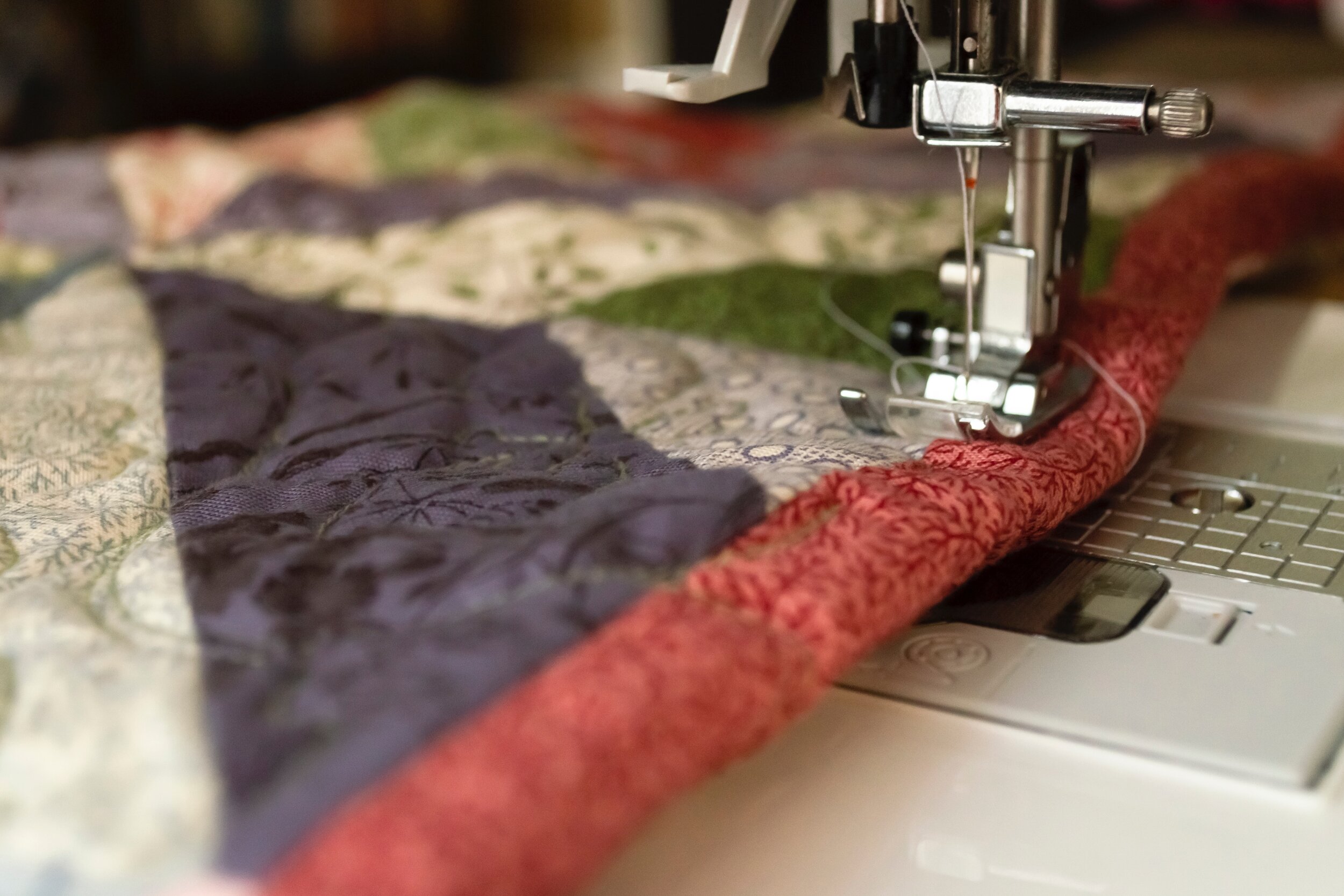
fair trade
As baffling as it may sound, many consumers are unaware of the fact that their clothing and accessories are not (in most instances) made by robots, and are in fact made by people. Sure, some processes may be automated, but our clothing and accessories are in large part made by actual human hands. These key players in the production process should have safe working conditions and receive adequate compensation for their hard work. I work with brands to ensure that their production practices are adequately contributing to the sustenance of artisanal livelihood. This is known as Fair Trade.
end-of-life

end-of-life
I for one am often baffled as to what to do with my clothing and accessories at end-of-life. The responsibility should not be 100% left to the customer. I believe that it is the responsibility of product manufactures to provide end-of-life solutions to consumers in order to reduce landfill build-up. Given this, a vital part of my sustainability services is to work with brands to develop viable end-of-life recycling / reuse solutions for their products.

